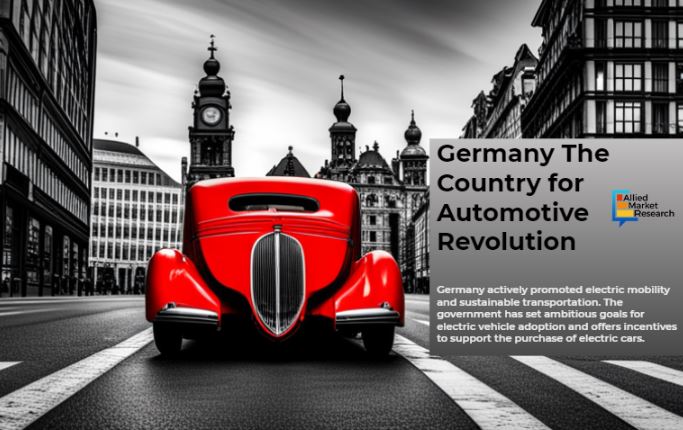The German Car Miracle: How Germany became the country of cars
I recently went on a road trip through the south of Germany to explore the country’s rich history of luxury car manufacturing. Seeing so many car museums and other attractions dedicated to car culture was fascinating.
My guide, Meyer, told me that looking at a country’s history from a different perspective, like the history of cars, can be a great adventure.
The first car was the Motorwagen No. 3, created by Carl Benz in 1888. This invention changed the world and made cars a popular mode of transportation.
Today, Germany is still known for its luxury cars and car culture. Over half of all European cars are designed in Germany, and two-thirds of all luxury cars sold worldwide are German-made.
This is quite impressive, and it makes me wonder why Germany is so good at making premium cars.
During the 19th century, mechanization took hold in Europe, particularly Britain, France, and Germany.

In some parts of Germany, complex inheritance laws split family farms into smaller pieces, making agriculture unprofitable and leading to people finding creative ways to earn a living.
This situation eventually led to a hotbed of entrepreneurship and heavy industry in the region, where Carl Benz graduated and began working as a mechanical engineer.
The success of German automakers can be attributed to several factors, including their passionate enthusiasm and attention to detail.
For example, at the Technoseum in Mannheim, an authentic Porsche factory car assembly line has been reassembled piece by piece as a life-sized diorama, including the bottles of beer that workers received during shifts.